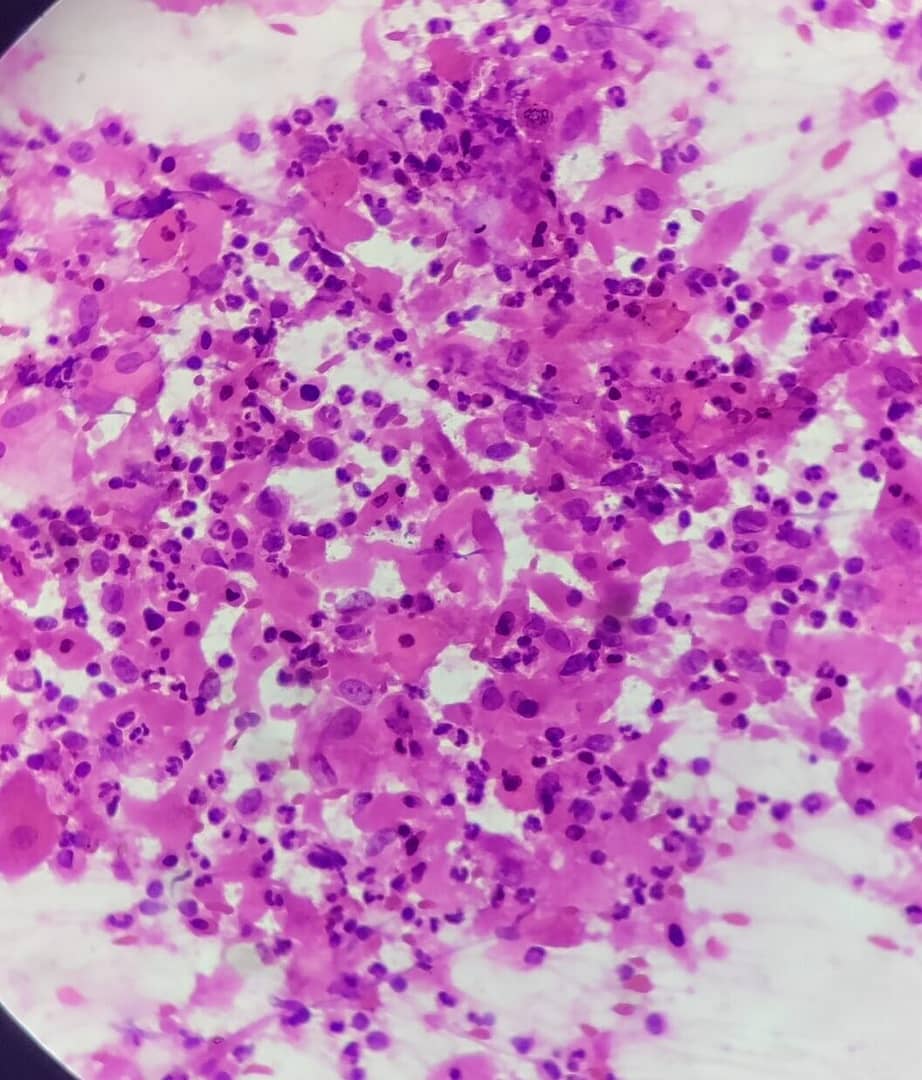Hansel’s Stain for Detection of Urinary Eosinophils
Purpose To detect eosinophils in urine Materials and ReagentsHansel’s Stain (prepared as below) Preparation of Hansel’s Stain Solution (if preparing manually) 1. Eosin Y Solution (0.5%) 2. Methylene Blue Solution (0.25%) 3. Hansel Stain Working Solution Specimen Collection and Handling 🔬 Staining Procedure Microscopy and Interpretation 🟢 Normal: 0–1%🔴 Significant eosinophiluria: >1%🔴 Highly suggestive of … Read more


